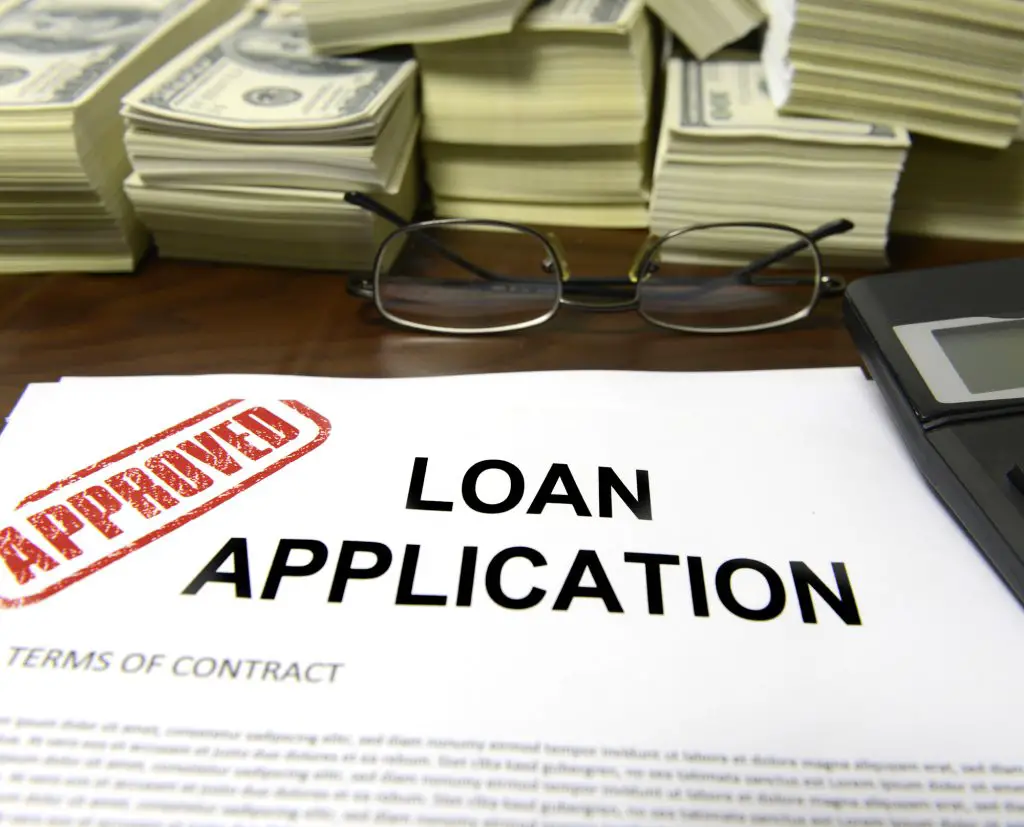 On June 3, the Senate by unanimous consent approved the Paycheck Protection Flexibility Act of 2020 that the House passed on May 28, 2020, with a vote of 417 to 1. The changes generally are very favorable to small businesses getting loans under the Paycheck Protection Program (PPP). The following is a summary of the key changes and a brief discussion of questions that haven’t been resolved by the new law. We must await further clarification from the SBA and the IRS on some matters.
On June 3, the Senate by unanimous consent approved the Paycheck Protection Flexibility Act of 2020 that the House passed on May 28, 2020, with a vote of 417 to 1. The changes generally are very favorable to small businesses getting loans under the Paycheck Protection Program (PPP). The following is a summary of the key changes and a brief discussion of questions that haven’t been resolved by the new law. We must await further clarification from the SBA and the IRS on some matters.
What’s forgivable?
The key feature of the PPP is the ability of a borrower to obtain loan forgiveness and that forgiveness isn’t taxable income. The original program was rather restrictive. The revisions provide more flexibility.
- Covered period. This is the period used for various determinations under the PPP, including paying expenses and hiring or rehiring employees. Originally, the covered period ended on June 30, 2020. Under the new law, it runs through December 31, 2020.
- Expenses in the covered period. Originally, only expenses incurred in an 8-week period beginning on the date of the loan origination could qualify for forgiveness. This has been extended to 24 weeks or December 31, 2020 (if earlier than 24 weeks). However, those who obtained a loan prior to the new law can opt for the 8-week period, which may be advisable if the funds have been spent and the borrower wants to obtain immediate forgiveness.
- Staffing requirement. The purpose of the loan is to keep employees on the payroll or bring them back within the covered period. But some businesses have faced special challenges to do so. The new law creates exemptions from this requirement so that loan forgiveness is not proportionally reduced by a reduction in the number of full-time equivalent employees if this results from the inability to rehire them or similarly-qualified employees (this must be documented, such as a re-hire offer that’s refused) or the company can’t return to the same level of business activity because of compliance with government guidance (e.g., a restaurant can’t seat the same number of patrons so the former number of employees isn’t necessary).
How much must be spent on payroll?
Originally, in order to obtain loan forgiveness, the borrower had to spend 75% of the proceeds on eligible payroll costs (e.g., wages, health coverage, and certain other amounts, including bonuses and hazard pay). The new law reduces this to 60%. But it appears that there’s a cliff to this new limit. If at least 60% isn’t spent on payroll, then no portion of the loan can be forgiven.
When must the non-forgiven portion be repaid?
The CARES Act that created the PPP had allowed for a term of up to 10 years. But the SBA originally capped this at 2 years. The new law now sets a 5-year maturity on PPP loans, with 1% interest during this term.
Before the term of the loan starts, there’s a deferral period that runs until the SBA makes a determination about loan forgiveness. Technically the SBA has 150 days to rule on an application for loan forgiveness.
What don’t we know?
While the new law aims to be more responsive to the realities of the business climate today, it doesn’t answer all of the questions surrounding loan forgiveness under the PPP and the program in general. For example, it appears that loan approvals will end on June 30, 2020, but some have argued that they could continue through the end of the year. There may be more legislation related to the program. Or answers may be addressed in guidance from the SBA and IRS.
Bottom line
If small businesses survive the COVID-19 crisis, PPP loans to these survivors may have been a big contributory factor. As of May 23, 2020, the SBA reported it approved more than 4.4 million PPP loans totaling over $511 billion. There was only about $138 billion in funds remaining in the PPP available for disbursement.
The real success of the program and its loan forgiveness feature likely won’t be known for sure for years to come. Before then, however, much guidance from the SBA and IRS is still needed.


